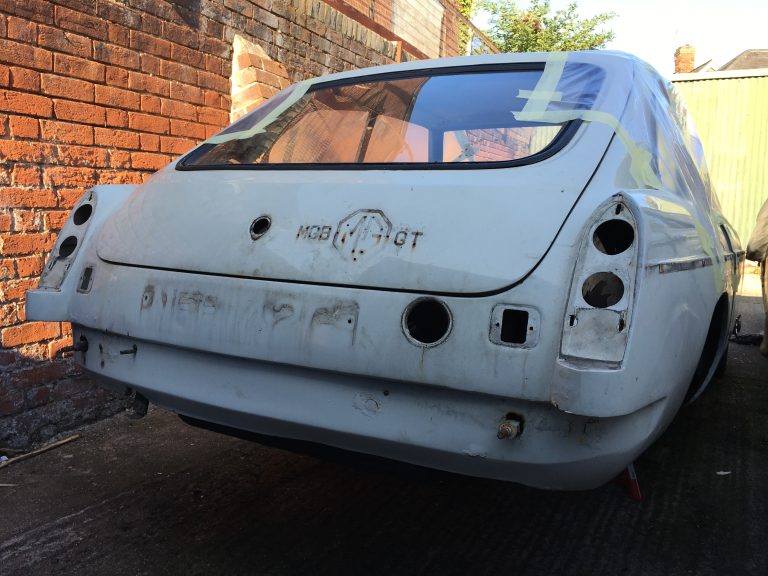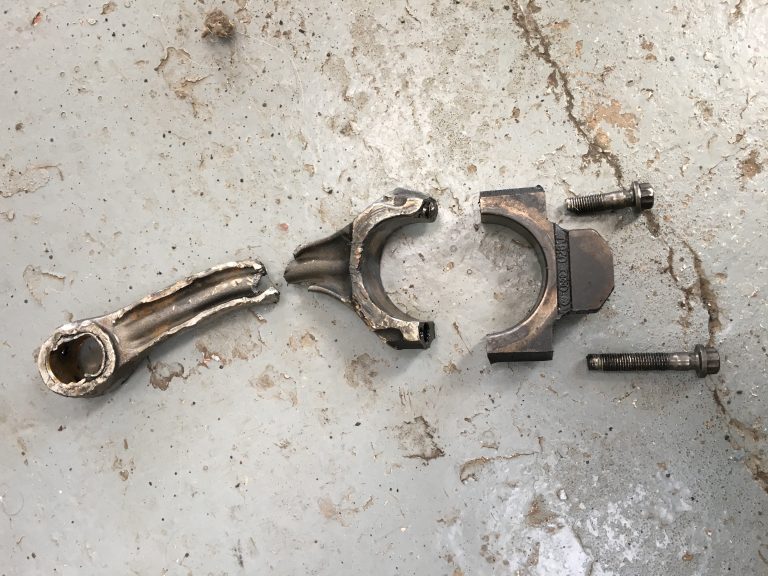
Sean has been busy striping the MGBGT
As we await the new old body shell that will be arriving at Bridge Classic Cars later this month, work got underway today on stripping and


As we await the new old body shell that will be arriving at Bridge Classic Cars later this month, work got underway today on stripping and

Our stunning 1951 MG TD Competition is almost complete, but not before the brand new hood is built and fitted…and today’s the day we get

[vc_row][vc_column][vc_column_text]In a reciprocating piston engine, the connecting rod or conrod connects the piston to the crank or crankshaft. Together with the crank, they form a simple mechanism that converts reciprocating motion into rotating motion. Connecting
As we await the new old body shell that will be arriving at Bridge Classic Cars later this month, work got underway today on stripping and removing all of the components from our existing MGBGT ready for the restoration to begin.
Sean joined the Bridge Classic Cars team today and immediately got stuck in to the project.
Just one day down and the removal task is almost done!!
Our stunning 1951 MG TD Competition is almost complete, but not before the brand new hood is built and fitted…and today’s the day we get started on this fantastic and very rewarding job.
If you’re going for the traditional look in your classic or vintage vehcile restoration, then double duck is definitely the choice for you. Double duck is the traditional material used for trimming the hoods of pre-war and vintage vehicles. This tightly-woven canvas is a watertight as well as flexible cotton-type hooding solution, ideal for keeping the wind and rain out of vintage Bentleys, Rolls Royces, Aston Martins, MGs, and more.
When our MG TD Competition arrived with us all the way from Canada, the hood was actually very good. Our original plan was to keep the hood as was but once we had resprayed the car the freshness of the new paintwork emphasised the imperfections in the existing roof.
And we don’t like imperfections at Bridge Classic Cars
…so a new roof was planned.
[vc_row][vc_column][vc_column_text]In a reciprocating piston engine, the connecting rod or conrod connects the piston to the crank or crankshaft. Together with the crank, they form a simple mechanism that converts reciprocating motion into rotating motion.
Connecting rods may also convert rotating motion into reciprocating motion. Historically, before the development of engines, they were first used in this way.
As a connecting rod is rigid, it may transmit either a push or a pull and so the rod may rotate the crank through both halves of a revolution, i.e. piston pushing and piston pulling. Earlier mechanisms, such as chains, could only pull. In a few two-stroke engines, the connecting rod is only required to push.
Today, connecting rods are best known through their use in internal combustion piston engines, such as automotive engines. These are of a distinctly different design from earlier forms of connecting rods, used in steam engines and steam locomotives.[/vc_column_text][/vc_column][/vc_row][vc_row][vc_column][vc_separator][/vc_column][/vc_row][vc_row][vc_column][vc_column_text]Here’s one we found earlier.
As you can see, the number 1 conrod found on our 1.9 diesel VW camper engine is completed shattered so Mark has been busy building all new components.
Bridge Classic Cars are award winning Classic Car Restoration and Maintenance specialists. Your pride and joy is in safe hands with our expert Classic Car Technicians. Take a look at our awards here.
We use cookies to deliver the best possible experience whilst visiting our website. By clicking "Accept All", you consent to our use of cookies, or you can manage your preferences by clicking the link below. You can manage your preferences at any time from out Cookie Policy page.